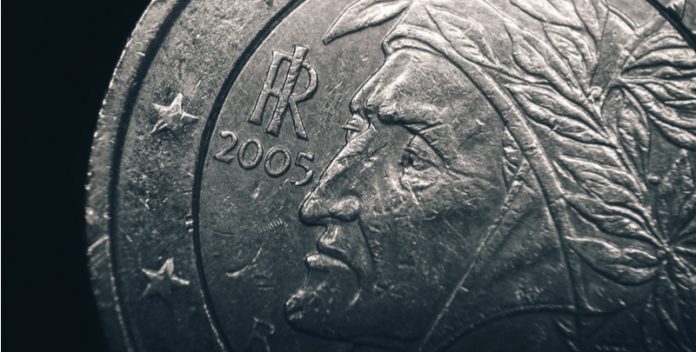The euro U.S. dollar exchange rate managed to finish last week at approximately the same level as where it started. The euro sold off from around $1.1200 last Monday to a weekly low of $1.1120 mid-week, before picking up to $1.1200 at the end of the week.
| What do these figures mean? |
|---|
|
When measuring the value of a pair of currencies, one set equals 1 unit and the other shows the current equivalent. As the market moves, the amount will vary from minute to minute. For example, it could be written: 1 EUR = 1.12829 USD Here, €1 is equivalent to approximately $1.13. This specifically measures the euro’s worth against the dollar. If the U.S. dollar amount increases in this pairing, it’s positive for the euro. Or, if you were looking at it the other way around: 1 USD = 0.88789 EUR In this example, $1 is equivalent to approximately €0.89. This measures the U.S. dollar’s worth versus the euro. If the euro number gets larger, it’s good news for the dollar. |
Data for the eurozone was in short supply last week, and Friday’s purchasing manager index data (pmi) was more mixed than the recent figures from the region have been. However, on the whole, data is still pointing to a strong recovery in the eurozone bloc.
The euro could come under some pressure on Monday following news over the weekend that Italy’s banking system is experiencing more problems. Italy has stepped in to wind down two of its mid-size banks, Veneto Banca and Banca Populare di Vicenza. Toxic loans and bad management have merged to create capital holes in the banks that could cost the taxpayer up to €17 billion euros to stabilise.
Why does this matter to the euro? Italy is the third largest economy in the eurozone. This isn’t the first time in recent years that Italian banks have been wound down or propped up by the government due to bad loans. Investors will be increasingly wary in investing in Italy and could look to sell out of investments that are denominated in the Italian euro as they search for more secure, stable investments elsewhere. By selling out of these investments, the supply of euros would likely increase, resulting in the value of the euro decreasing.
US rate hike uncertain, focus switches to durable goods orders
Meanwhile, the mood for the dollar seems equally subdued. During the course of last week, comments from Federal Reserve Officials were a principal driver of the dollar. Earlier in the week comments were more upbeat regarding the outlook of the US economy, building hopes that the Federal Reserve could raise interest rates again before the end of the year. However, Fed officials towards the end of the week were more cautious, causing investors to rein back their expectations for an interest rate hike, which is weighing on the dollar. Currently the expectation a rate hike at the end of the year is at 50%.
| Why do raised interest rates boost a currency’s value? |
|---|
| Interest rates are key to understanding exchange rate movements. Those who have large sums of money to invest want the highest return on their investments. Higher interest rate environments tend to offer higher yields. So, if the interest rate or at least the interest rate expectation of a country is relatively higher compared to another, then it attracts more foreign capital investment. Large corporations and investors need local currency to invest. More local currency used then boosts the demand of that currency, pushing the value higher. |
Today sees the release of some potentially high impact data for the U.S. in the form of durable goods orders. Durable goods orders refer to the cost of orders received by manufacturers for goods that are planned to last over three years. These would include appliances and vehicles among other items. As these goods often involve large sums they are sensitive to the state of the U.S economy. A higher than expected reading would indicate that consumers are willing to spend more on large items, which would be good news for the U.S. economy. If this proves to be the case, the dollar could receive a boost.
| Why does strong economic data boost a country’s currency? |
|---|
| Solid economic indicators point to a strong economy. Strong economies have strong currencies because institutions look to invest in countries where growth prospects are high. These institutions require local currency to invest in the country, thus increasing demand and pushing up the money’s worth. So, when a country or region has good economic news, the value of the currency tends to rise. |
|
This article was initially published on TransferWise.com from the same author. The content at Currency Live is the sole opinion of the authors and in no way reflects the views of TransferWise Inc. |





